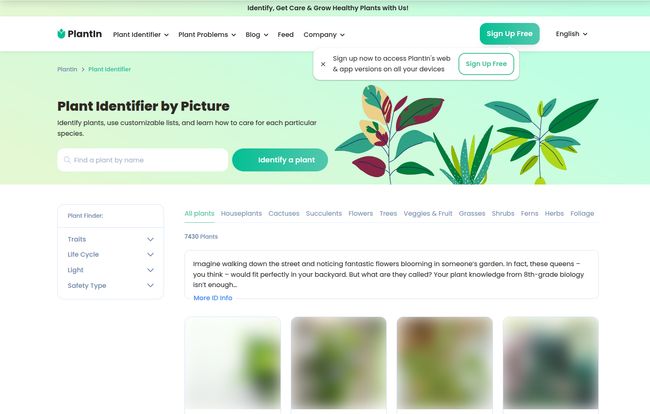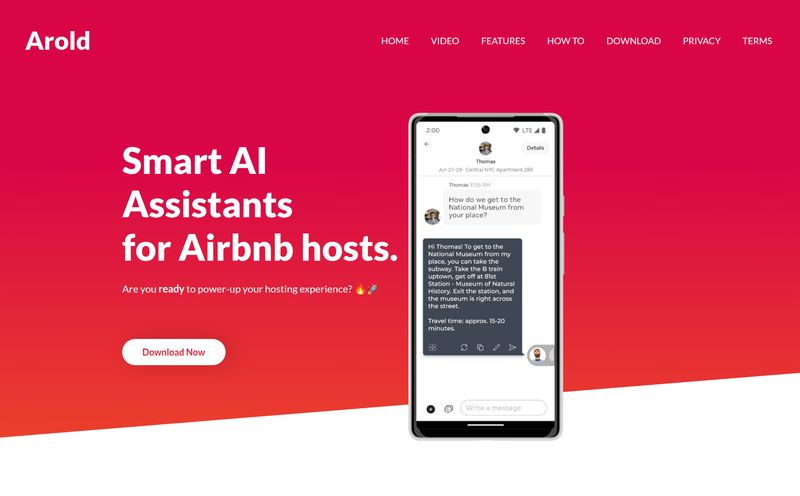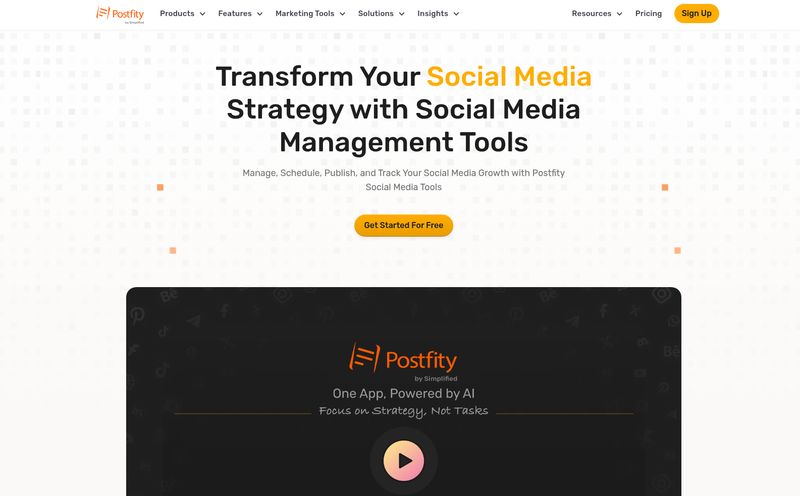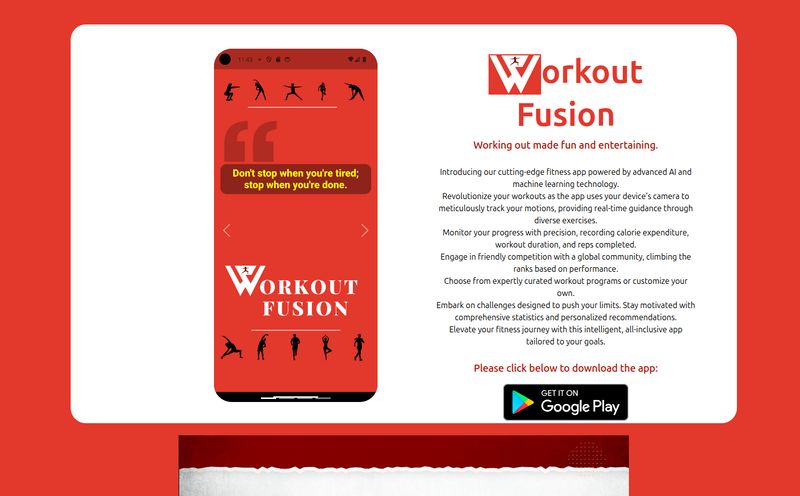We’ve all been there. You're standing in a garden center, captivated by a gorgeous plant with lush, dramatic leaves. You buy it. You bring it home. You name it. And two weeks later, it’s a crispy, brown monument to your failure. Or maybe you're walking through a park and see a weird, beautiful flower and think, “What on earth is that?”
For years, the answer was to either frantically Google a vague description (“pointy green leaf plant with red spots help”) or ask your one friend who seems to have been born with a magical green thumb. But now, we have technology. Specifically, apps like PlantIn, which promise to be a botanist, a plant doctor, and an encyclopedia right in our pocket. But does it live up to the hype? As someone who’s made a career of analyzing what works online and has a… checkered past with houseplants, I had to find out.
So, What Exactly Is PlantIn?
At its core, PlantIn is a plant care partner. It's not just a simple identification tool. Think of it more like a comprehensive suite for anyone who deals with plants. The platform boasts a massive database—we're talking over 7,430 species, which covers everything from the Aloe Vera on your desk to the random mushrooms popping up in your lawn after a rain. It’s designed to be a one-stop-shop for identifying, caring for, and diagnosing your green friends.
This isn't just about satisfying curiosity. It’s about building a bridge between our good intentions and the actual, sometimes complex, needs of a living thing. We all want to be good plant parents, right?

Visit PlantIn
The Magic Wand: Plant Identification by Picture
The star of the show, without a doubt, is the plant identifier. It works pretty much like Shazam does for music. You see a plant, you snap a photo, and the app cross-references it with its enormous library to give you a name. And when it works, it feels like actual magic.
I tried it on a few things I have around the house. My trusty snake plant? Identified instantly. The finicky Calathea that’s the bane of my existence? Nailed it. A weird weed in my backyard? Yep, it got that too, and helpfully told me how to deal with it.
But—and this is a big but—it all hinges on the quality of your photo. A blurry, poorly-lit picture of a single leaf is like asking a detective to solve a case with a smudged fingerprint. You need a clear shot, preferably of the flower or a distinctive leaf pattern, in good light. The principle of “garbage in, garbage out” is very much in effect here. Don't expect miracles from a photo you snapped from a moving car.
More Than a Name: A Full-Fledged Plant Doctor
Getting a name is cool, but that's where the real work starts. This is where PlantIn tries to separate itself from a simple Google Lens search. It’s not just about the ‘what’, it’s about the ‘what’s next’.
Decoding Your Plant's Daily Needs
Once you’ve identified your plant, PlantIn provides a care schedule. It gives you the lowdown on watering frequency, the type of light it needs (bright indirect, low light, etc.), and even soil recommendations. I've found this to be a fantastic starting point. It takes the initial guesswork out of the equation, which is where most new plant owners stumble. No more drowning your succulents or parching your ferns.
When Good Plants Go Bad: Pest and Disease ID
That moment of pure panic when you see tiny webs on your ivy or weird yellow spots on your rose bush is universal. Is it a spider mite invasion? A fungal infection? Is it contagious?! PlantIn has a feature to help diagnose these issues. You can upload a photo of the problem area, and it will suggest potential causes and solutions. For me, this is one of the most valuable parts of the service. It turns panic into a plan of action.
The Human Touch: Ask a Botanist
Here’s the feature that really caught my eye. AI and databases are great, but sometimes you have a weirdly specific problem that a general guide just can't solve. PlantIn offers an "Ask a Botanist" feature, promising real expert advice. This is the kind of premium service that elevates an app from a fun tool to an essential utility. I imagine this is where the subscription model really comes into play, offering a direct line to a human expert who can look at your specific situation and give you tailored advice. It’s like having a consultant on call for your ficus.
Alright, What’s the Catch?
Nothing this useful is ever completely free, right? While you can get some functionality without paying, the real power of PlantIn seems to be locked behind a subscription. And that's fair. Maintaining a massive database and presumably paying botanists costs money.
The Great Subscription Question
The site pushes you to "Sign Up Free," but that's likely for a freemium model. When I went looking for a clear pricing page... I hit a “404 Page Unavailable.” A little ironic for a tech company, and something that gives me a slight chuckle. But it's typical for apps like this to offer monthly or annual subscriptions. You have to decide if the cost is worth the potential of saving a beloved (and sometimes expensive) plant.
"My personal take? If you're a casual owner of one or two hardy plants, the free features might be enough. But if you're serious about your indoor jungle or outdoor garden, a subscription could easily pay for itself by saving just one plant from the brink."
Are The Care Tips Gospel?
One more thing to keep in mind. The care recommendations are fantastic guidelines, but they aren't absolute law. A Monstera in a humid, warm apartment in Miami will have different needs than the exact same plant in a dry, centrally-heated home in Chicago. You still have to observe your plant and your environment. Think of PlantIn as your knowledgeable co-pilot, not the autopilot. You're still the one flying the plane.
Who is the PlantIn App For?
I see this app being a game-changer for a few specific types of people:
- The Anxious New Plant Parent: You just bought your first fiddle-leaf fig and you're terrified. This app will be your security blanket.
- The Curious Adventurer: You love hiking and gardening and constantly want to know the names of the plants you encounter. This is your digital field guide.
- The Plant Rescuer: You're the person whose plants are always on the struggle bus. The disease and pest diagnosis could be your new best friend.
Who isn't it for? Probably the master gardener who already knows every latin name by heart and can diagnose root rot from across the room. But for the rest of us mortals, it’s a pretty powerful ally.
My Final Verdict: Is PlantIn Worth the Download?
After playing around with it, I'm genuinely impressed. The convenience of having that much botanical knowledge in your phone is undeniable. The identification tool is fast and surprisingly accurate (with good photos!), and the problem-solving features are a huge relief for any plant owner.
Yes, to get the full suite of tools, you'll likely need to pay for a subscription. But in a world where a single trendy houseplant can cost upwards of $50, an app that helps you keep it alive seems like a pretty reasonable investment. It won't magically make you a gardening expert overnight, but it does a fantastic job of closing the knowledge gap. It’s a tool, and a very good one at that.
Frequently Asked Questions about PlantIn
How accurate is the PlantIn identifier?
In my experience, its pretty accurate, especially with common houseplants and garden varieties. However, accuracy is highly dependent on the quality of the photo you provide. For best results, use a clear, close-up image in good lighting.
Is the PlantIn app free to use?
PlantIn operates on a freemium model. You can access basic features like plant identification for free, but more advanced features, such as unlimited expert chats with a botanist and detailed care plans, typically require a subscription.
What kinds of plants can PlantIn identify?
The database is extensive, covering over 7,430 species. This includes houseplants, outdoor flowers, succulents, cacti, trees, shrubs, grasses, herbs, vegetables, and even some types of mushrooms and weeds.
Can PlantIn help me if my plant is sick?
Yes! This is one of its core strengths. You can use the app to diagnose potential pests, diseases, and other issues by uploading photos of the affected areas. It will then provide potential causes and recommended treatments.
How is this different from just using Google?
While Google Lens can identify plants, PlantIn provides a more integrated and specialized experience. It combines identification with tailored care guides, watering reminders, and direct access to expert advice, keeping everything organized in one place for your specific plants.
Does PlantIn work for both indoor and outdoor plants?
Absolutely. Its database is comprehensive and not limited to just one type of environment. You can use it to identify wildflowers on a hike just as easily as you can use it to manage your indoor succulent collection.



